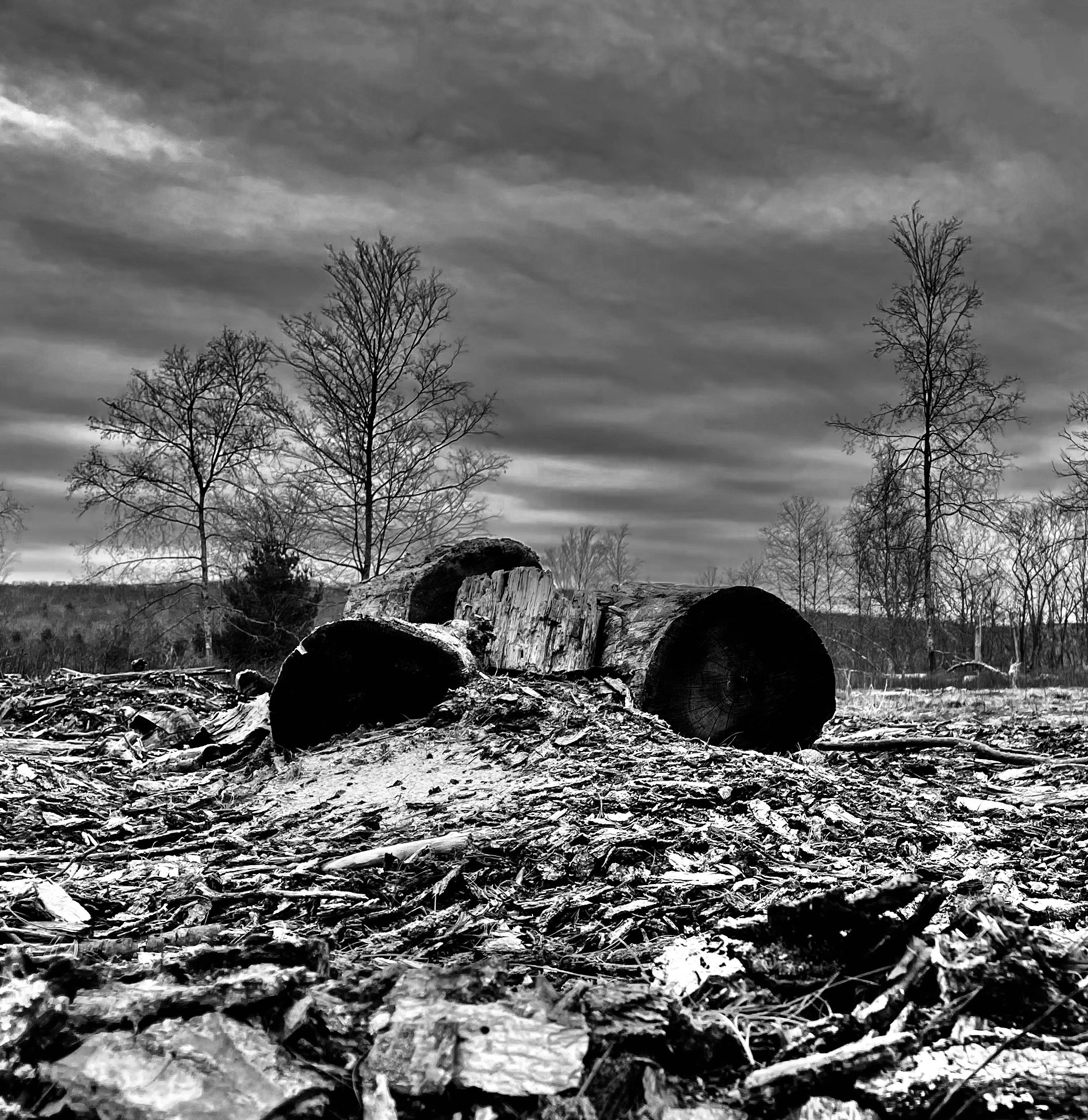
Northern Comfort
by Christina Getachew
Art: Andy Perrin -
Twitter: @aperrincycling
Instagram: @andyperrincycling
The image attached to the text from my daughter, Hannah, looked dark and a little blurry like it was taken in haste. Phone usage during class was forbidden so she had to conceal it under her desk during US studies with Mrs. Gleason. What she had sent me was a photo of a classroom worksheet, and the instructions were clear.
Draw the confederate flag.
I’d met my daughter’s teacher a few months before at a parent teacher conference. She described with excitement the project-based learning curriculum they were piloting with the eighth-grade classes. As we talked, the late afternoon sun sprayed gold light across the room as it filtered in the windows between the tops of hundred-year-old Norway spruce that stood like sentries along the junior high parking lot.
Her classroom felt warm and safe.
When I was in 5th grade I partnered with my cousin, Nikki, on a Civil War project. We reproduced the union and confederate army uniforms with navy and gray cotton broadcloth. They were handsewn and small made from doll clothing patterns and help from our mothers. We proudly showcased them during an evening open house at the school. Other students read essays they wrote or role-played abolitionists speaking on the immorality of slavery. Throughout the 1970s and 80s, my teachers never asked us to reproduce images of the confederate flag. It was regarded as a symbol of the hate held in the hearts and minds of those who fought to uphold the atrocity of slavery.
“I am not comfortable with this,” read the text message from Hannah that captioned the image of the worksheet. The assignment asked the class to respond to questions about which side won various Civil War battles by drawing the confederate or union flag. I wasn’t comfortable with it either, but I didn’t respond to her text. Instead, I sat with the hollow ache in my gut that I feel every time I see that flag. In its stars and bars, I see the faces of horror and helplessness of my enslaved ancestors who had their children ripped from their arms, their care, and protection, dehumanized and sold as property into an unthinkable lifetime of torture. Sitting in that sadness led me to wonder. How is it that we can share this history, yet have such incompatible reactions to the weight of knowing?
Long stretches of the winding, rural roads that connect Alpena to Traverse City don’t have posted speed limits. I would drive them as fast as I could to reach the turquoise water of Lake Michigan. I kept the car routinely serviced and always had a full tank of gas before starting the journey to our monthly orthodontist appointments. “Go potty now. We aren’t stopping.” I’d remind my giddy cargo before they’d buckle up in the back seat, never telling them why. When they weren’t singing along to the five cloying pop songs that our syndicated airwaves kept on shuffle, they would gush about getting Starbucks, shopping at Target or searching for that Nepalese food truck for lunch. An insulated cup sat in my console filled with hot tea or coffee to prop open heavy eyelids from my anxious, sleepless night. Throughout the drive I’d check my cell phone battery to make sure it was sufficiently charged. If not slowed by weather, our first stop in Traverse City would usually be a roadside park along route 31, so I could spend a few minutes listening to the water lap the shore and breathe. We’d made it, safely, through this hinterland of the Northern United States that is afflicted with confederate flags.
Christina Getachew is a community organizer, nature photographer, and brunch enthusiast. She lives in Kalamazoo, Michigan with her husband of 21 years, teenage twin daughters, and beagle named, Chubbs. This essay is from a collection she has written about her experiences during the three years when she and her family called Alpena, Michigan home.

